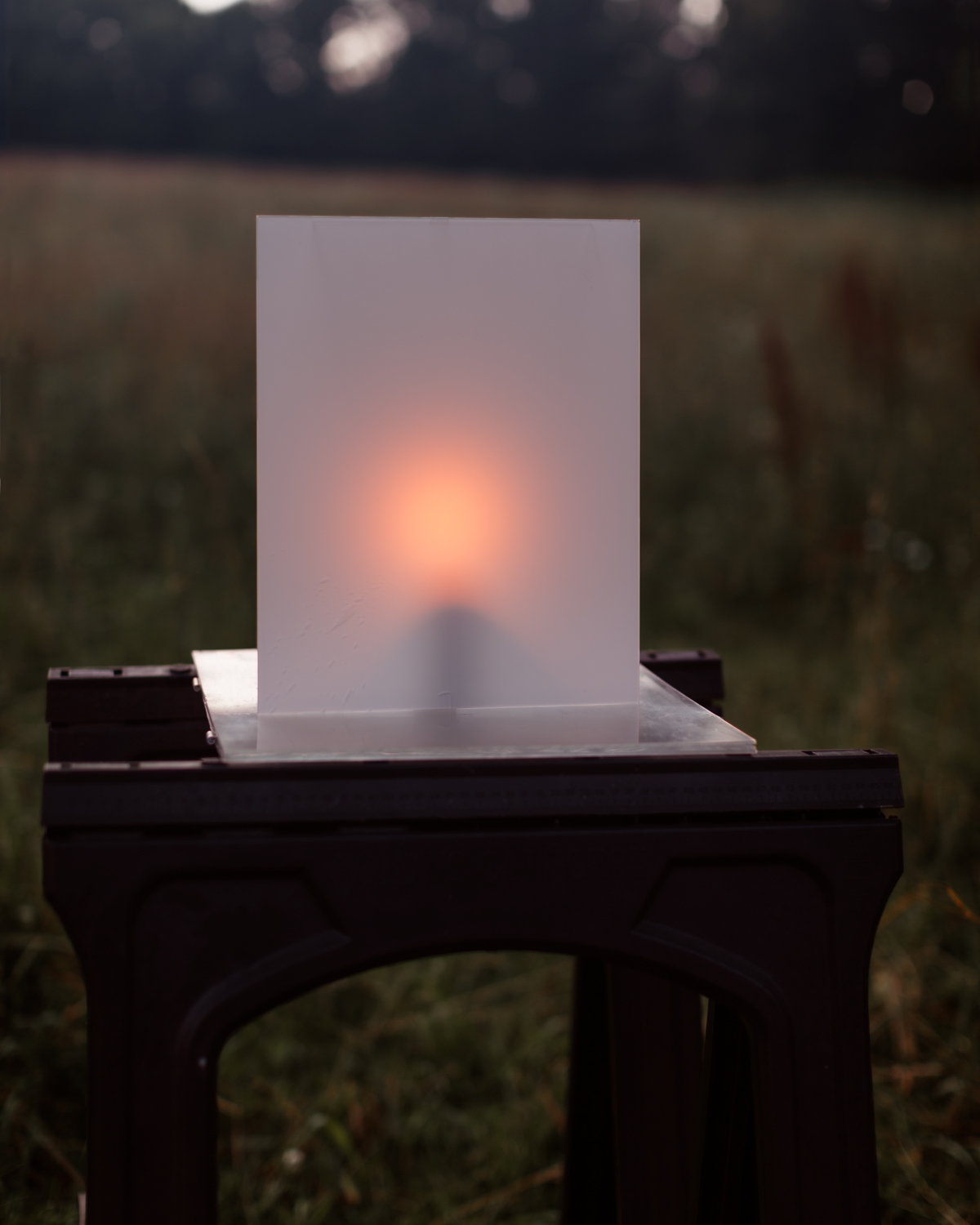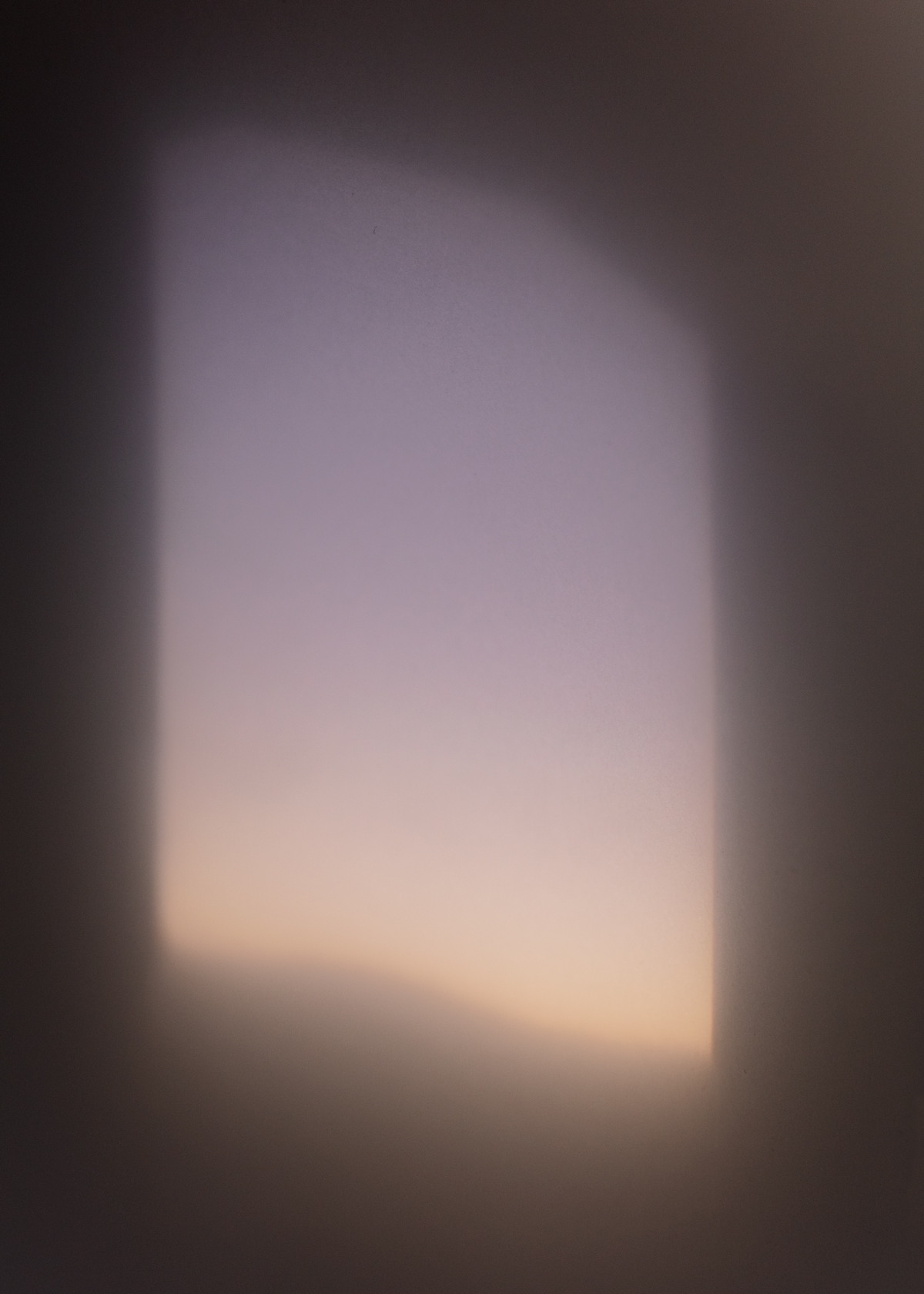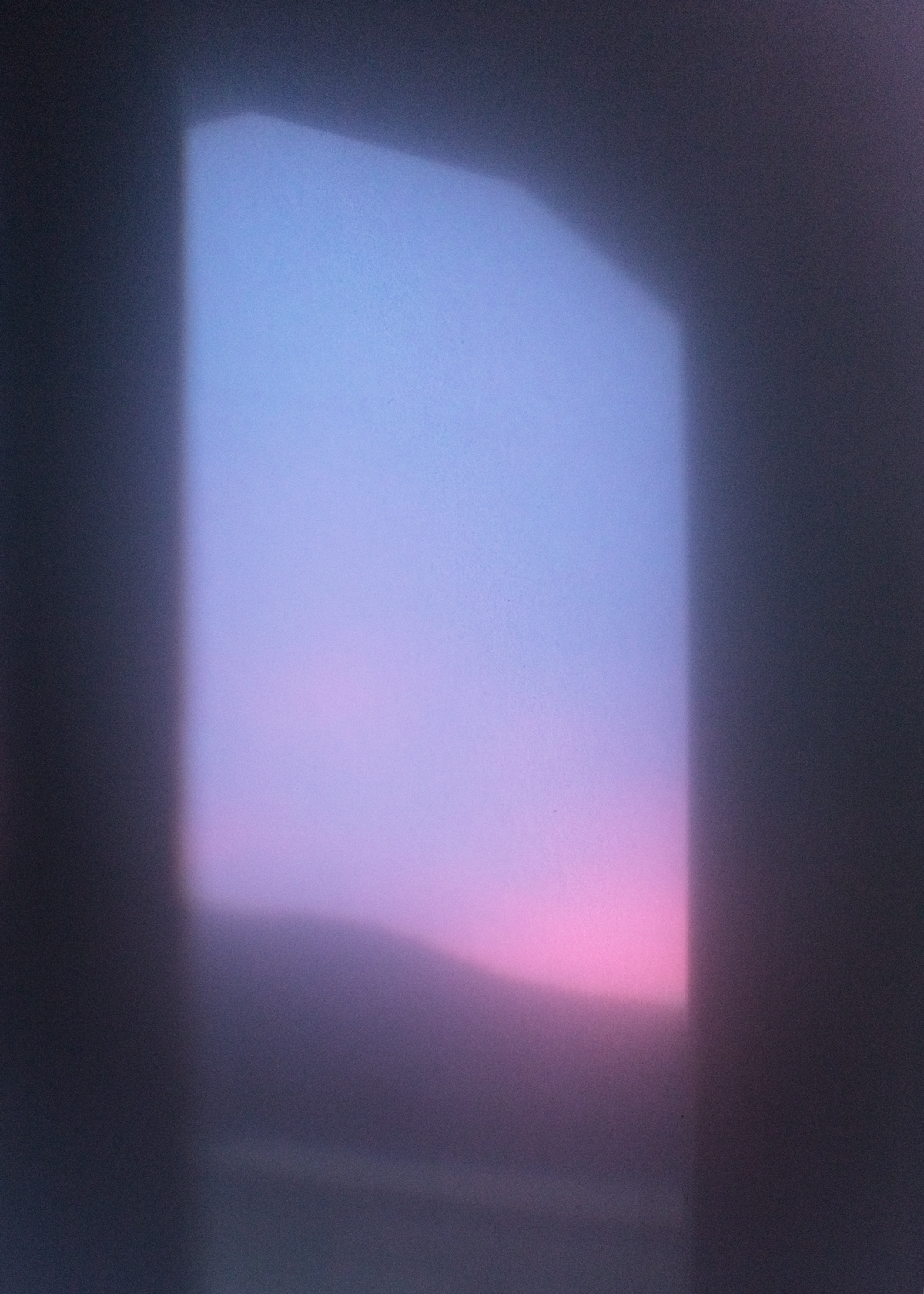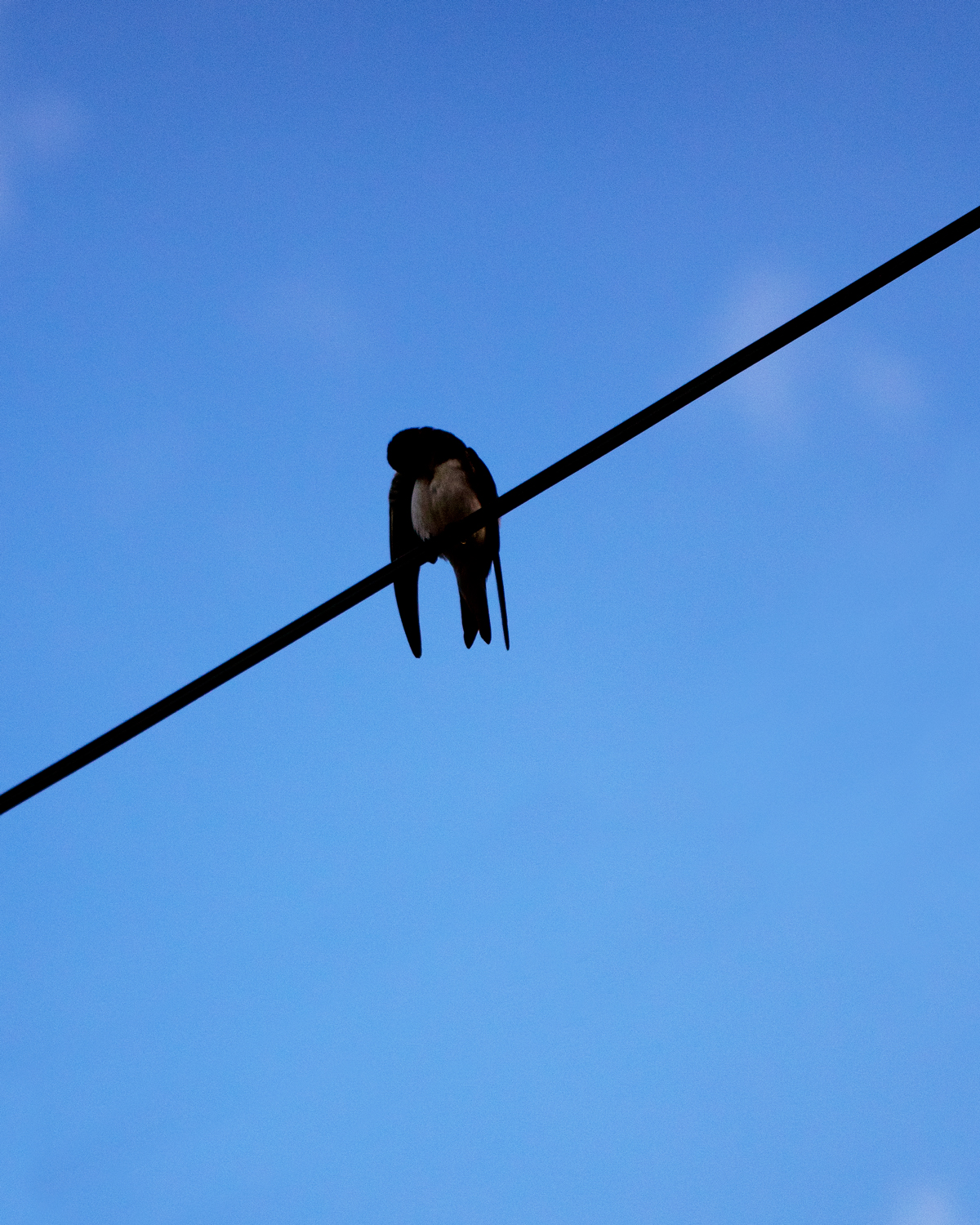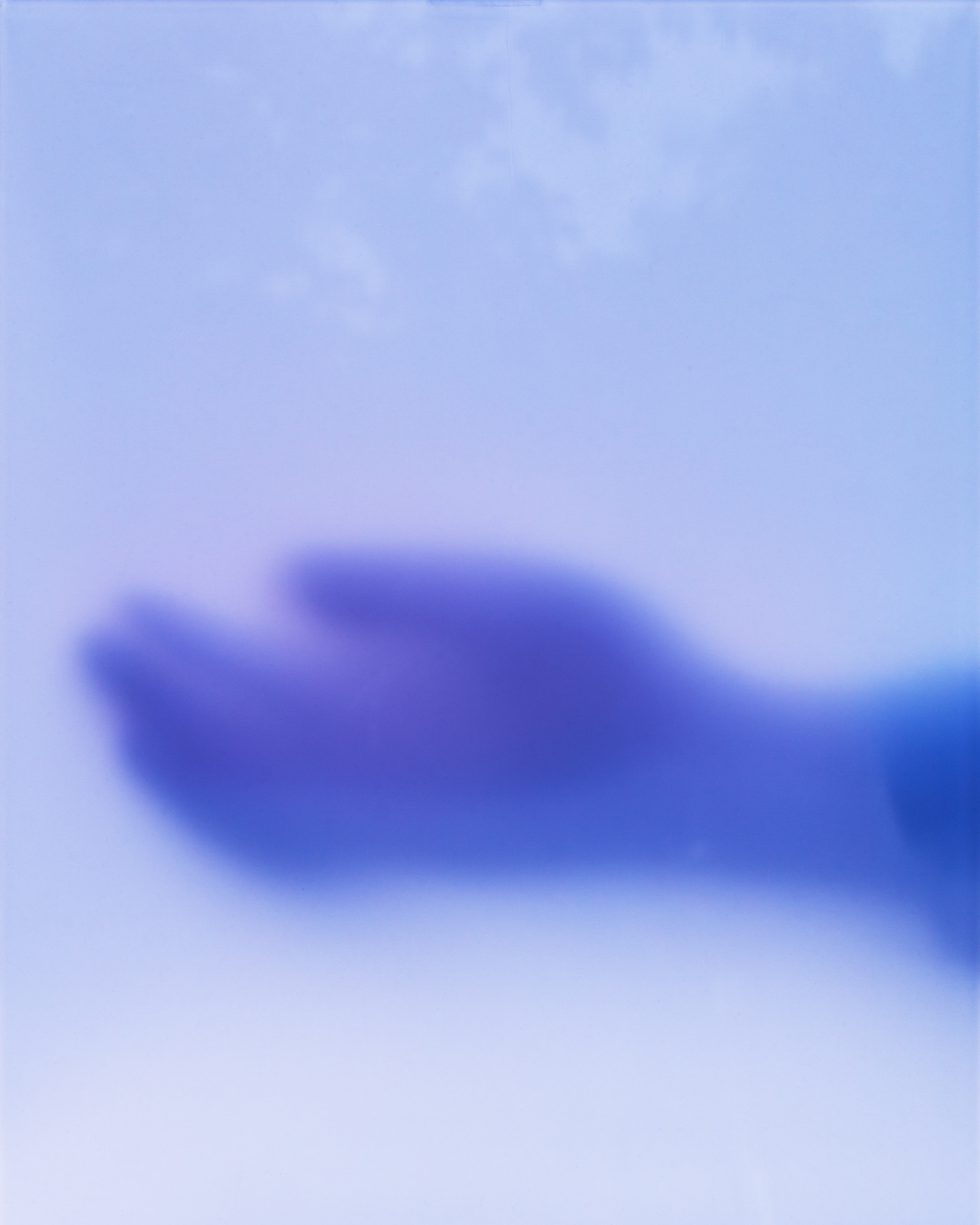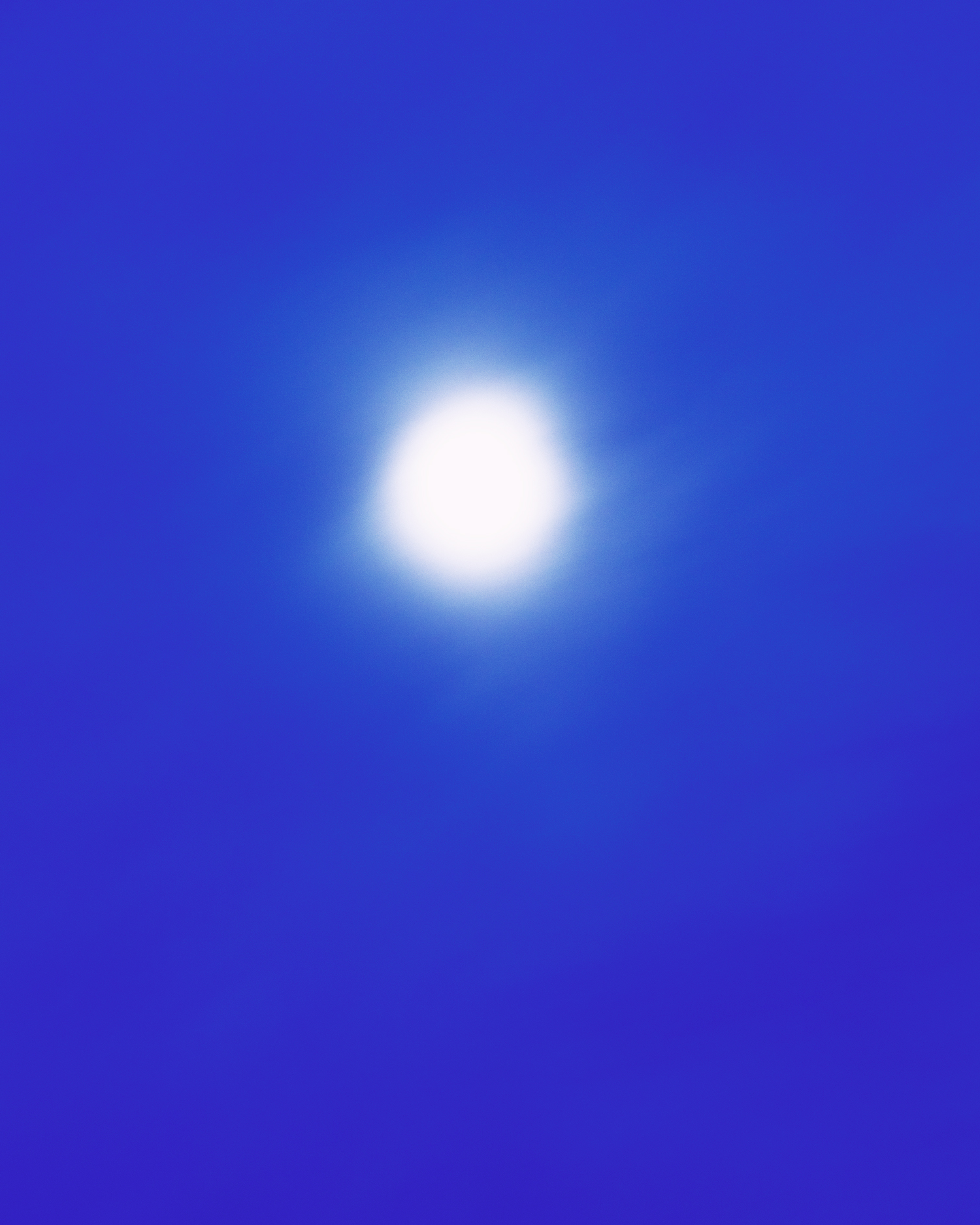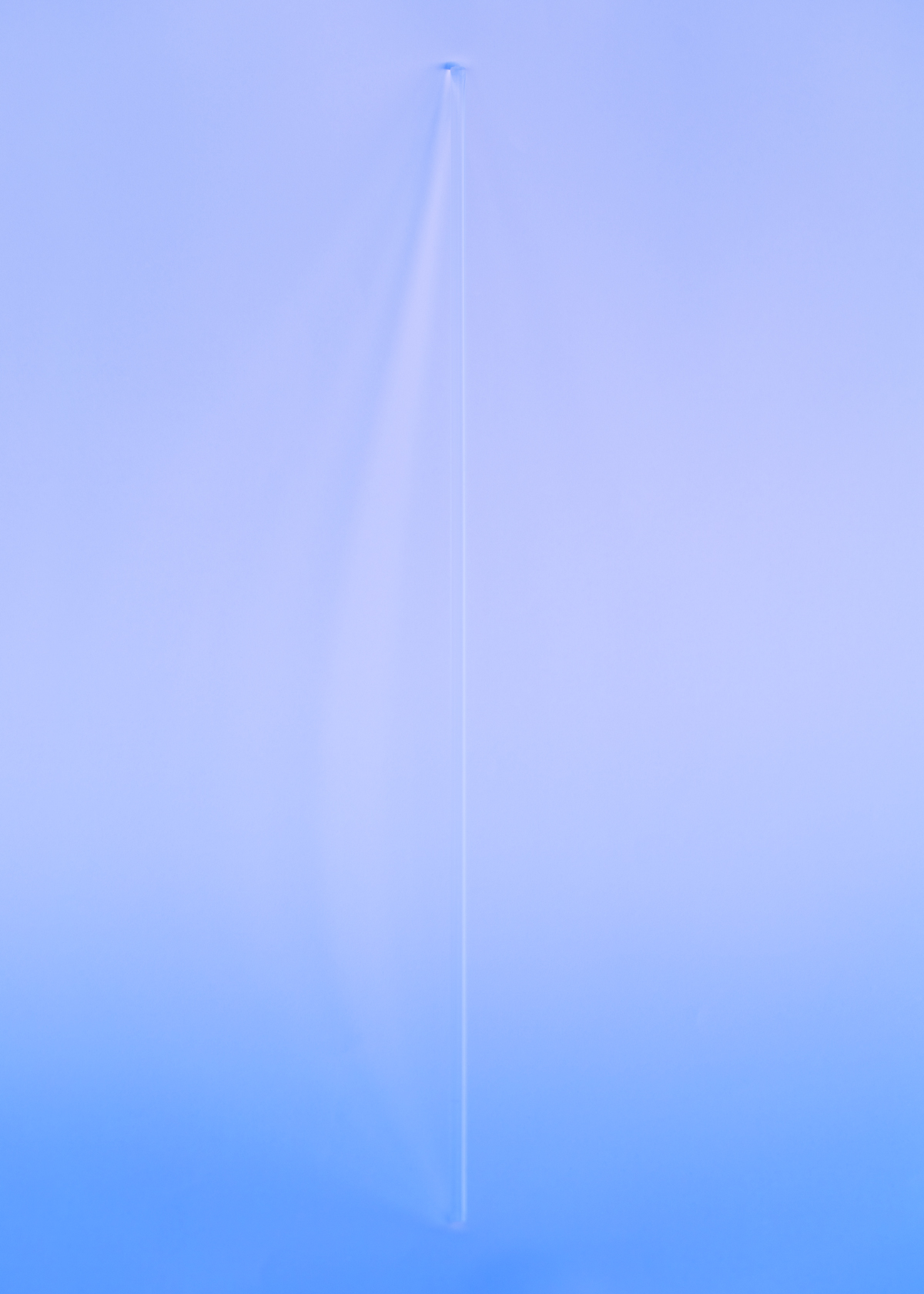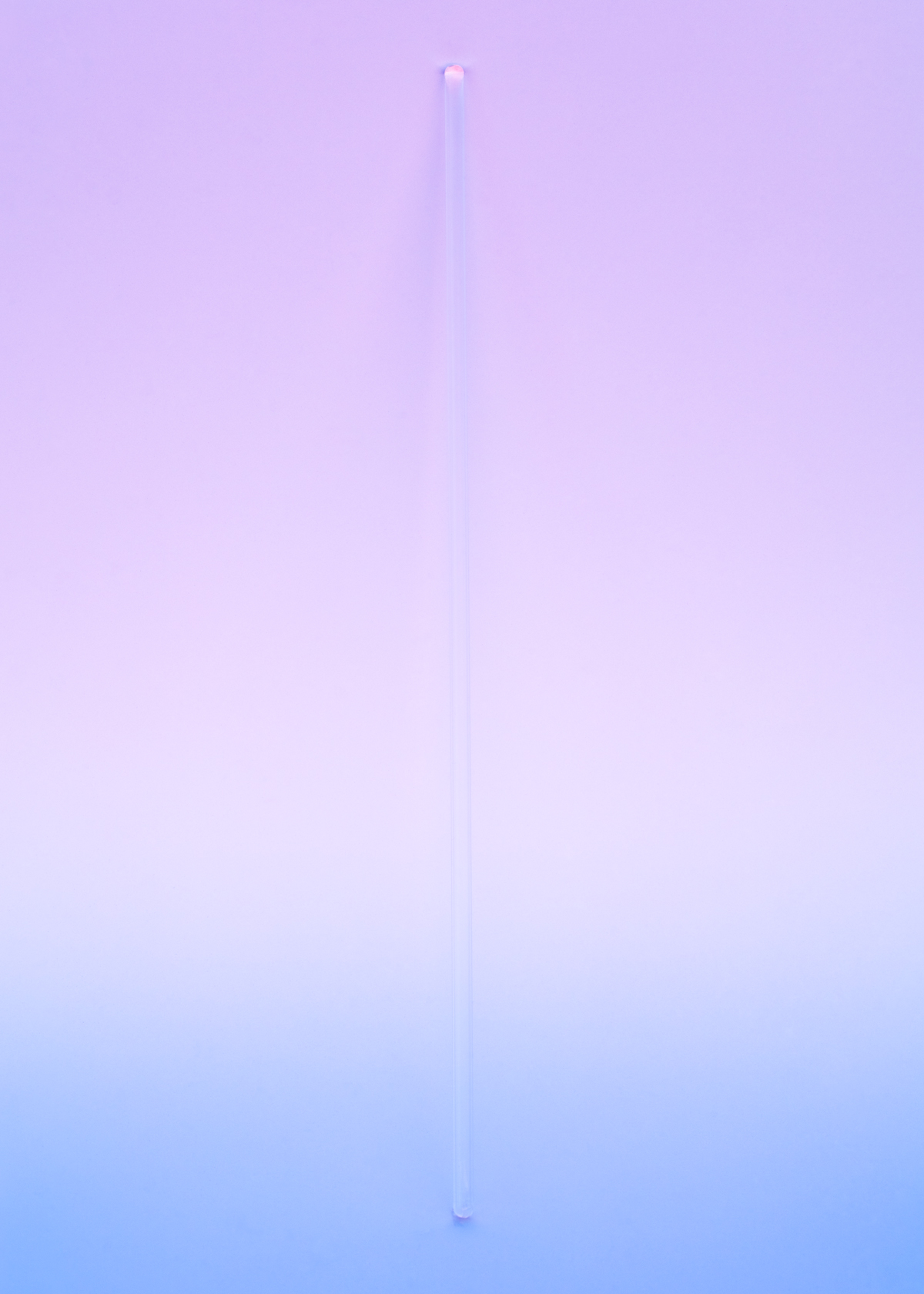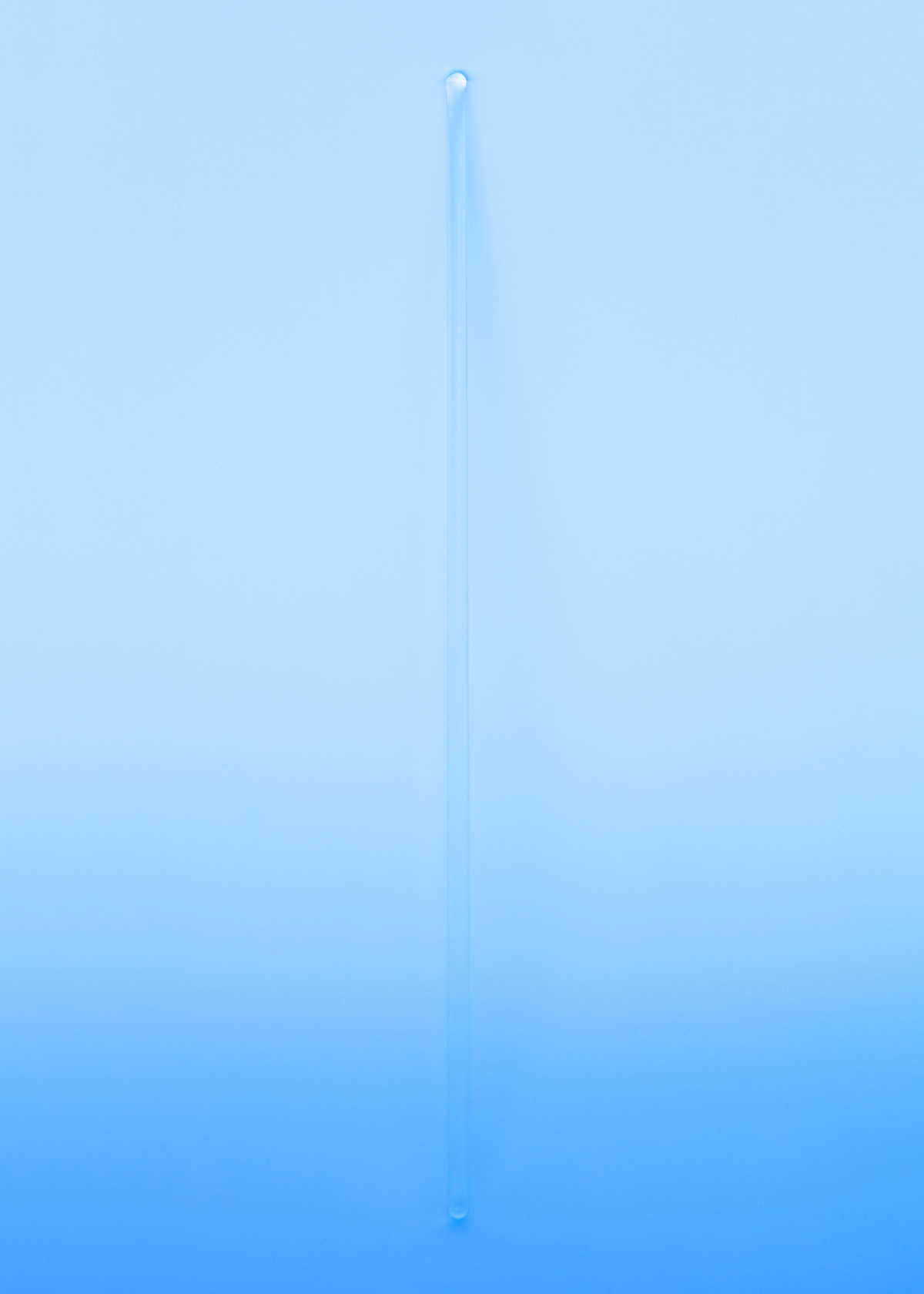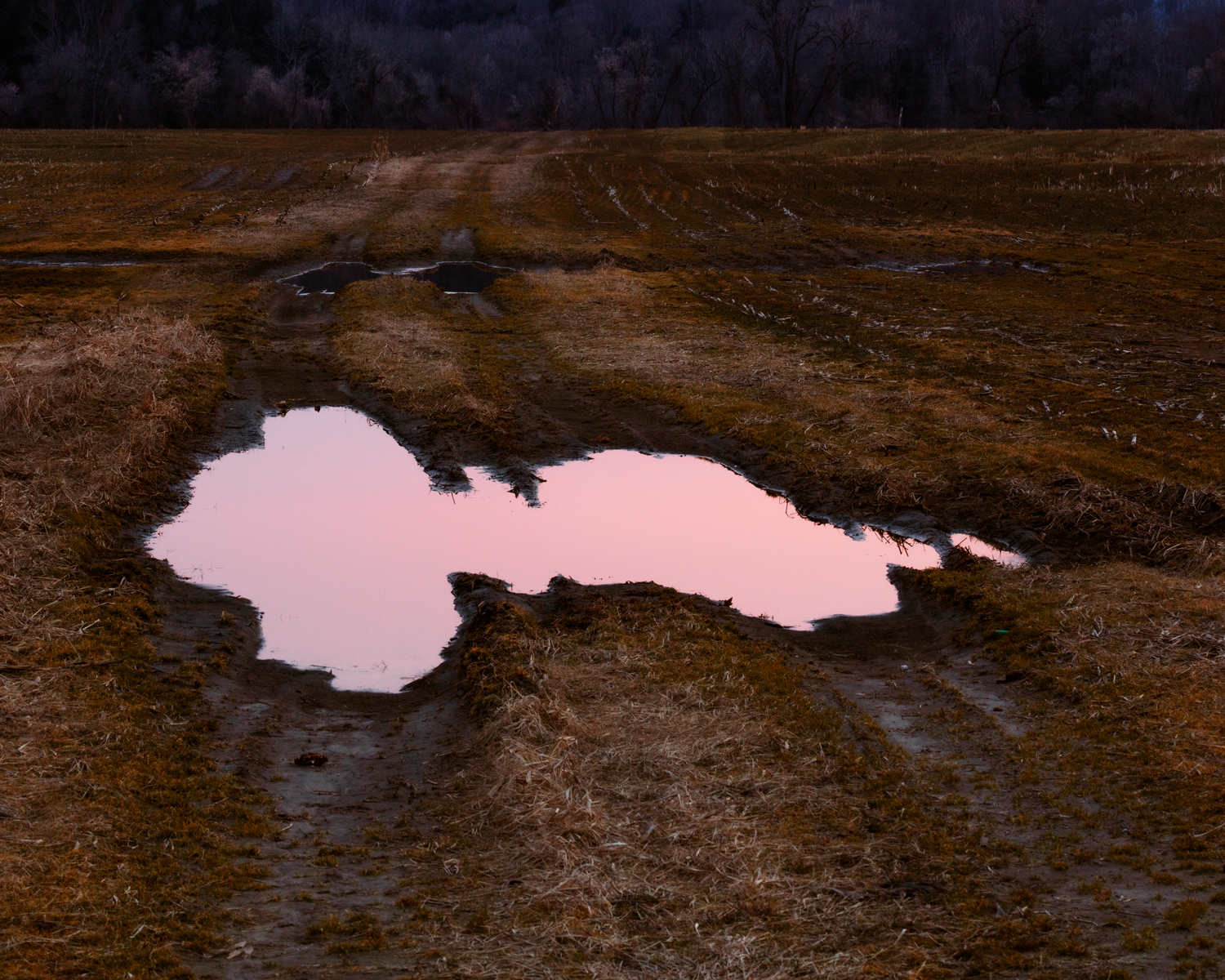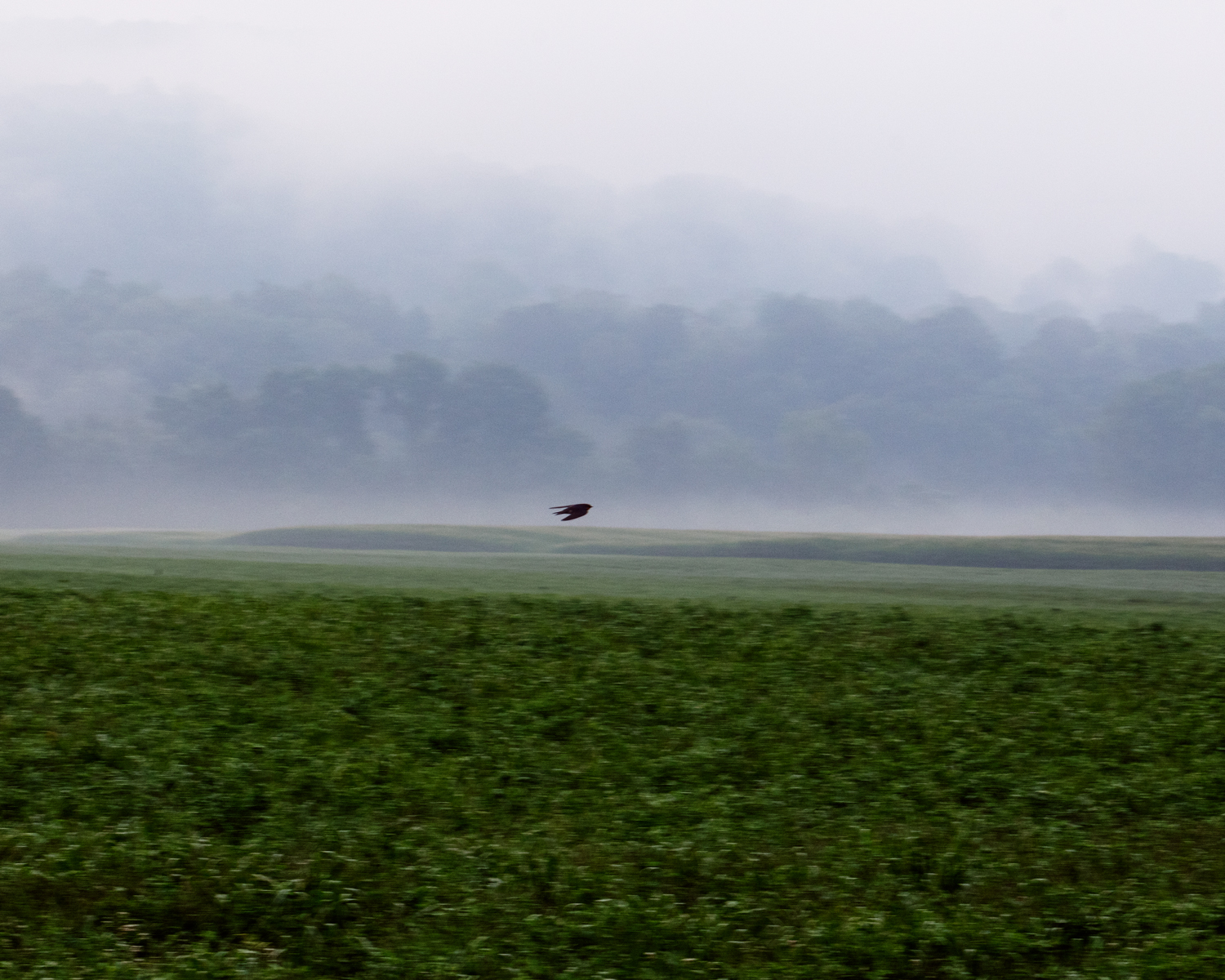![]()
![]()
![]()
![]()
![]()
![]()
![]()
![]()
![]()
![]()
![]()
![]()
![]()
![]()
![]()
![]()
![]()
![]()
![]()
![]()
![]()
![]()
![]()
![]()
Brief Lives is a body of photographs which ask to what extent a place can be abstracted into ephemera. The images show the environment outside the house where I live: an open space called the Great Putney Meadow, which is bounded by the Connecticut River in southeastern Vermont. It is the floor of a valley. This place has become a frame for me to watch things come in and out of existence.
I grant sustained attention, sometimes over the course of years, to small and recurring objects and processes in this environment and in my living space; the boundary between the two is soft. I attempt to photograph ephemera systematically, returning to the same subjects and processes over months or years.
There are lumen images of my breath, the quality of light bracketed as a subject in-itself, flower petals, sheets of opal glass, deep ruts in the field, obscura projections of my windows and doors, and the swallows that migrate and nest here. I am interested in what happens when a representation of a place becomes a small world of its own.
2022 – ongoing
